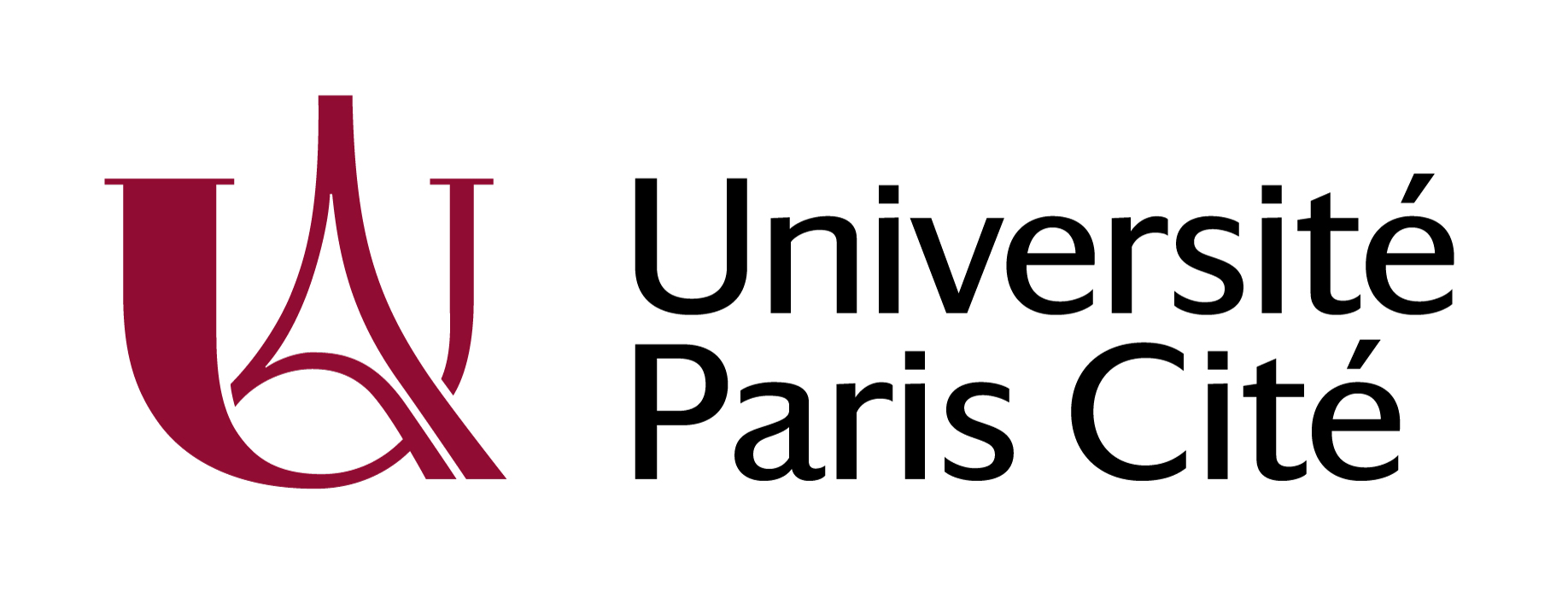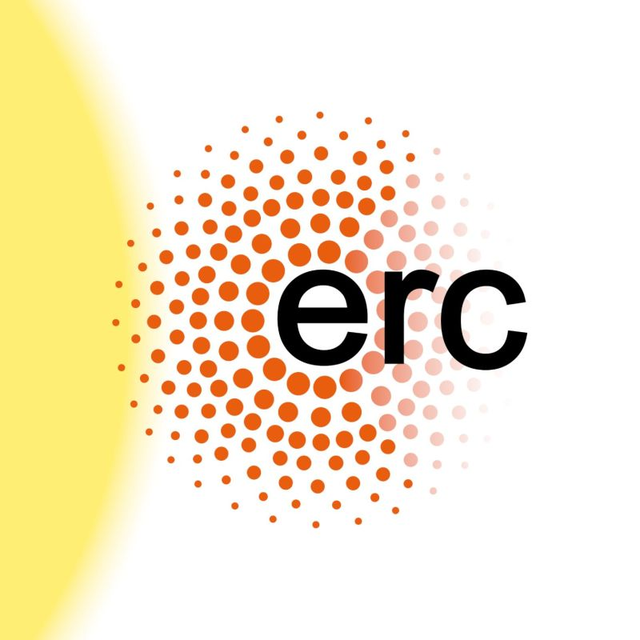The work of researchers from the Centre de Nanosciences et de Nanotechnologies (CNRS - Université Paris-Sud) in Marcoussis, France, in collaboration with a researcher from the Università di Trento in Italy, has led to a major breakthrough in topological physics: the realization of the first topological laser. Such a laser implements a resonating mode that is intrinsically protected, thanks to the topological properties of its architecture, against external perturbations and fabrication defects.
The discovery of topological phase transitions in condensed matter, which was awarded the 2016 Noble prize in physics, has profoundly influenced the field of solid-state physics. The hallmark of these phase transitions is the emergence of localized states whose properties are unaffected by the presence of defects, dislocations and other kinds of disorder. For example, topological insulators, which are one of the most notable manifestations of these exotic phases, present an electrical conductivity along their edge that is perfectly insensible to the presence of irregularities. Recently the extension of this topological physics to the realm of photonics has triggered considerable efforts to engineer novel generations of optical devices (e.g. waveguides, optical isolators, diodes, and, of course, lasers) whose performances are unaffected by perturbations of their environment.
In the case at hand, the researchers of the C2N have built a topologically robust laser by taking profit of the physics of cavity polaritons, a half-light /half-matter quasi-particle confined in cylindrically-shaped optical cavities (see the figure on the right). By coupling these micro-cylinders together, they formed a uni-dimensional lattice that presents well-defined topological properties leading to the emergence of localized photonic modes at the edges of this lattice. Then, by using the gain associated to the matter part of polaritons, they triggered a laser emission from one of these modes, thus realizing the first topological laser.
Reference:
Lasing in topological edge states of a one-dimensional lattice,
P. St-Jean, V. Goblot, E. Galopin, A. Lemaître, T. Ozawa, L. Le Gratiet, I. Sagnes, J. Bloch & A. Amo
Nature Photonics volume 11, pages 651–656 (2017) / DOI : https://doi.org/10.1038/s41566-017-0006-2
Contact:
- Jacqueline Bloch, CNRS Senior Researcher
Figure: Electron microscopy image of a lattice of micro-cylinders including an artificial representation of the lasing emission. A schematic image of one of these cylinders is shown on the right where a quantum well (QW) is inserted between two distributed Bragg mirrors (DBR).









